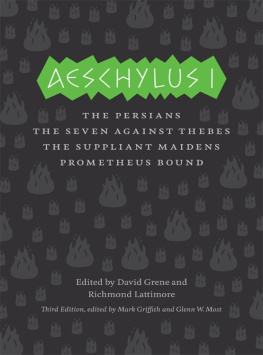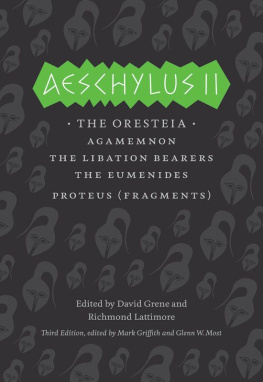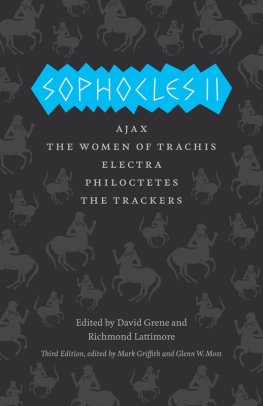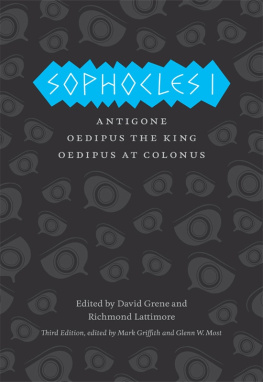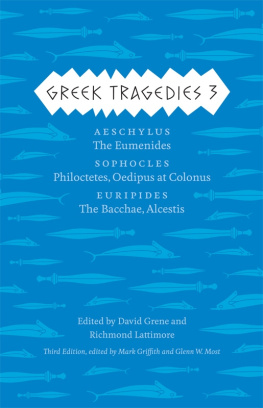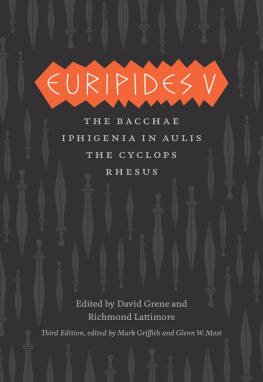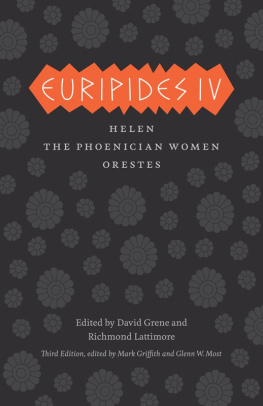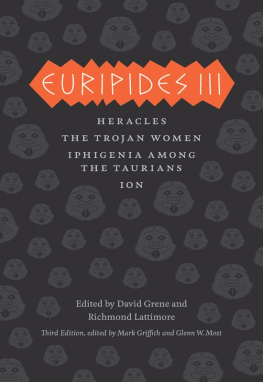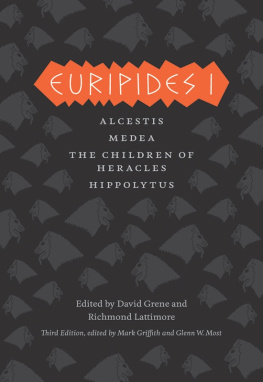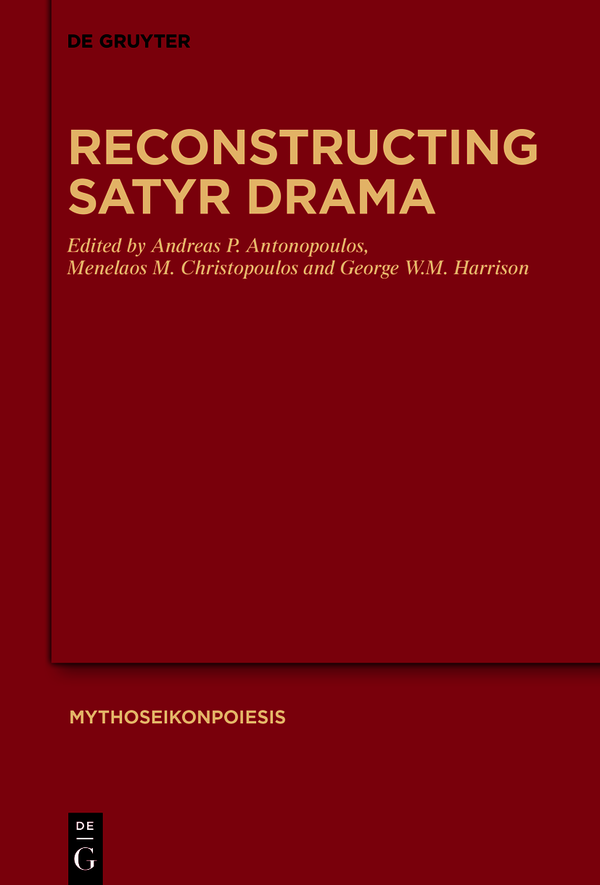MythosEikonPoiesis
Edited by
Anton Bierl
Gregory Nagy
Richard Martin
Volume
ISBN 9783110725216
e-ISBN (PDF) 9783110725230
e-ISBN (EPUB) 9783110725247
Bibliographic information published by the Deutsche Nationalbibliothek
The Deutsche Nationalbibliothek lists this publication in the Deutsche Nationalbibliografie; detailed bibliographic data are available on the Internet at http://dnb.dnb.de.
2021 Walter de Gruyter GmbH, Berlin/Boston
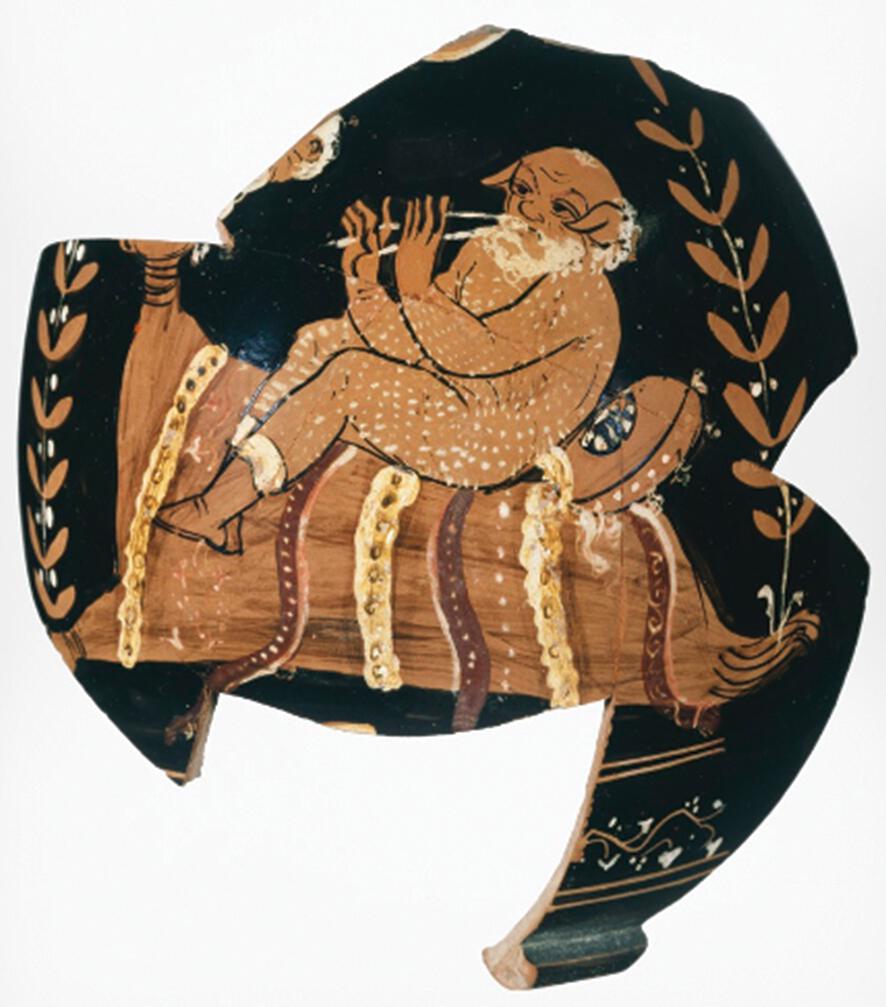
Silenos as komast: he is playing the aulos, while seated on wineskin made from cattle hide. Fragments of Apulian squat lekythos, attributed to the workshop of Darius Painter (c. 350-325 BC). Malibu, The J. Paul Getty Museum 86 AE 399 [Open Content].
Editors Preface
1984 is the annus mirabilis of the modern study of satyr drama: it saw the magisterial Oxford text of Euripides by Diggle, which contains the Cyclops, and the first full-length commentary on the play by Seaford. The years that followed witnessed an explosion of interest in all aspects of satyr drama, leading to numerous articles and books. The study of the fragmentary plays is deeply in debt to the volume edited by Krumeich, Pechstein, and Seidensticker (1999), with reference entries for all of the surviving fragments of satyr drama, combining text with German translation, potential artistic and historical links, as well as Nachleben. In its wake there has been a detailed survey of the themes, the plots and the function of satyr drama by Voelke (2001), a conference volume edited by Harrison (2005) investigating important aspects of the Cyclops and the fragments, as well as critical editions with commentaries of various fragmentary plays: the Euripidean by Pechstein (1998), and those of the minor poets by Cipolla (2003). The past decade started with the publication of another conference volume by Taplin and Wyles (2010), this time focusing on the famous Pronomos krater and other visual remains of the genre. There followed a monoghraph by Lmmle (2013) on the poetics of the genre, and one by Shaw (2014) investigating the relationship of satyr drama with comedy, as well as a collection in a single volume of the Cyclops and the major fragments by OSullivan and Collard (2013), containing for each of them, text and English translation, brief notes and up-to-date bibliography.
Antonopoulos and Christopoulos decided that the time was right for a volume that would bring together all of the many facets of satyr drama, a genre that spanned more than eight centuries and can be traced in multiple literary and artistic genres. In the end, and unusually, the volume was conceived first by Antonopoulos and Christopoulos and then funding allowed a conference (Greek Satyr Play: Reconstructing a Dramatic Genre from its Remnants, Patras, 2016), in which the themes were further elaborated and researchers could discuss among themselves. This volume brings together twenty-five of the participants of that conference, to which nine other contributions have been sought from among scholars whose expertise in satyr drama made their inclusion desirable. Subsequent to the conference, Antonopoulos and Christopoulos asked Harrison to join as co-editor, responsible mainly for contributions on performance and artistic renditions of satyr drama.
This volume is the first collaboration on satyr drama written by experts in multiple fields, aiming at an increased coverage of the genre. Earlier studies, such as the one edited by Harrison (2005), or the recent work by Coo and Uhlig (2019) on the Aeschylean plays, have been entirely (or mostly) philological, or have centered on the artistic remains, such as the volume by Taplin and Wyles (2010). The contributions to this book are grouped by area of specialisation and are linked by chronology and theme, as far as is possible in such a wealthy and cross-supportive endeavour. All the major writers of satyr drama are represented most significantly Aeschylus, Sophocles, and Euripides and their plays are referred to throughout the contributions to this volume, accessible easily through the Index of Satyr Dramas. The editors have aimed for a volume that is inclusive, illustrative, and thought-provoking. Space limitations make it impossible to be comprehensive of all the many aspects one might wished to have covered. We leave that to those we hope will be inspired by this collection.
The INTRODUCTION has been designed as a general survey of satyr drama, concentrating all basic information on the genre: evidence, origins and function, relationship to tragedy and comedy, history line of satyric performances (from the late sixth century BC down to the mid-second century AD), characters and costumes, scenic setting, typical themes, et al. In terms of utility there is a twofold aim in this: (a) to make beginners familiar with the least known dramatic genre and its conventions, (b) to provide a first reference manual for more experienced readers, who up to now had to resort to multiple bibliographical sources.
The main section of the volume is arranged thematically in six parts. PART I brings together four essays on the genre. PALMISCIANO surveys the origins and early development of satyr drama and its common roots with tragedy. The relationship with tragedy is further investigated by TOUYZ, who adduces new data on this topic from the evolution in the iconography of the satyrs. VOELKE explores the connections of satyr drama with dithyramb through the anodos theme, placing the two genres in their common cultic (Dionysiac) framework. Indicative of the various approaches for the theoretical interpretation of the genre is the final paper by SEAFORD; he studies the institution and the function of satyr drama in the Athens City Dionysia through the old antithesis of the centre of the polis and the mountainous periphery.
Two key features of satyr drama as a dramatic/poetic genre, which set it apart from tragedy (written by the same poets) and comedy, are its production (covered in the Introduction) and its composition. PART II is devoted to the most visible aspects of the composition, namely to language/style and to metre. SLENDERS chapter is a survey on the use of colloquialisms, perhaps the most noted characteristic of the language of satyr drama, as distinct from that of tragedy. The next two papers combine language and style, approaching satyr drama from a sociolinguistic angle: CATRAMBONE examines communication strategies in the dialogues of satyr drama, focusing on forms of politeness/impoliteness, while REDONDO draws attention to occasions where an elevated language is used by the Satyrs. Moving to metre, JACKSON surveys the composition of the songs of satyr drama and the accompanying dancing movements of the satyric chorus.
Satyr drama is the least known of the three dramatic genres mainly because of its poor attestation. So, PART III focuses on the transmission of the text and its criticism. Many satyric fragments have come down to us through quotations by ancient authors, the topic of CIPOLLAs chapter. One of the main challenges with fragments is to distinguish whether they actually belong to satyr dramas or to tragedies, since they were both written by the same poets and in the sources they are often quoted by poet name only. Thus, CARARRA has developed a methodology, a set of criteria for determining the genre of unidentified fragments. In the same line, MECCARIELLO examines the transmission of the Euripidean satyr dramas, focusing on their titles and total number. The other main challenge with the satyric corpus is the restoration of the text and of the accompanying stage action. And this is true even for Euripides


